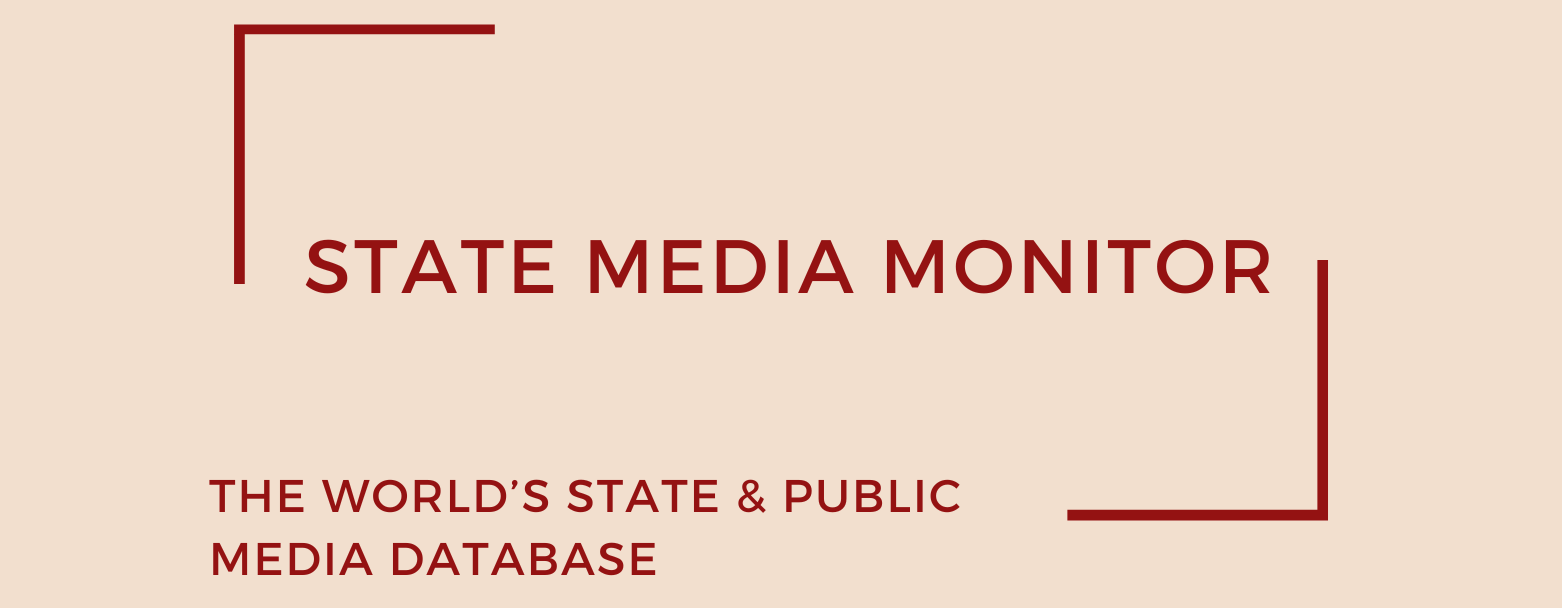State and Public Media in Sub-Saharan Africa in 2023
In Sub-Saharan Africa, the media landscape is largely shaped by state control. A staggering 98% of the 124 media outlets in the region are either state-controlled or captured by public/state entities. This represents the highest level of state control observed globally.
In 2022, a noteworthy shift occurred in the typology of three prominent media outlets: the South African Broadcasting Corporation (SABC), Radiodiffusion Télévision Ivoirienne (RTI), and Tanzania Standard Newspapers (TSN). All three organizations transitioned from the State Controlled (SC) model to the Captured Public/State Managed (CaPu) model, which is technically an improvement. However, despite this change, these outlets still lack the crucial aspect of editorial freedom. Over the past year, no significant developments, whether positive or negative, have been observed that would necessitate a modification in their typology.
As mentioned in our 2022 analysis, Sub-Saharan Africa only has three state media entities that maintain editorial independence. One of these entities is Sidwaya, a government-run media company in Burkina Faso. Sidwaya operates various print publications and the Burkina Agency of Information (AIB), the country’s primary news agency. While there is some influence from state authorities, we have not found concrete evidence of government control over Sidwaya’s editorial content. The other two outlets with editorial autonomy are Société nouvelle de presse et d’édition de Côte d’Ivoire (SNPECI), a state-owned publishing house in Côte d’Ivoire, and Agence Ivoirienne de Presse (AIP), the official news agency in Cote d’Ivoire. Despite facing frequent pressures from high-ranking officials, SNPECI’s main publication, Fraternité Matin, remains widely read and maintains its editorial independence. On the other hand, AIP, headquartered in Abidjan, appears to have freedom over its editorial agenda.
In the past year, a pressing concern has arisen among numerous public media outlets in Sub-Saharan Africa regarding their funding. These organizations are grappling with significant financial challenges as they strive to both maintain their editorial independence and ensure their long-term financial stability. Consequently, they are now reevaluating their funding models in a bid to overcome these obstacles.
In South Africa, the state subsidy for public broadcaster SABC has experienced a substantial reduction in recent years as the government has been working on overhauling SABC’s funding model. However, a new SABC Bill approved by the Cabinet in early October 2023 and subsequently sent to the South African Parliament is not anticipated to provide a resolution to SABC’s ongoing funding crisis. The license fee is upheld as a primary funding source although it has already been proven ineffective in the South African context. Moreover, the adoption of a new funding model has been postponed for a period of three years.
In neighboring Zimbabwe, the governing board at the public broadcaster ZBC has been for years advocating for the abolishment of the license fee due to low collection rates. This funding mechanism has proven to be ineffective in Zimbabwe as well. In response though, the government has instructed ZBC to raise the fee, a decision that was implemented in early 2021, but that is yet to produce the expected results.
The public broadcaster in Kenya, KBC, finds itself in a comparable predicament as it grapples with years of debt and struggles to generate enough advertising revenue to meet its expenses. Hindered by a loan acquired some years ago to enhance its equipment, and burdened by a liability from a lawsuit, KBC is faced with the daunting task of restoring profitability, a process that could take a minimum of three years. However, this can only be achieved if the government approves a series of financial bailouts from the state.
The extensive state control over the African media can be attributed to a series of unsuccessful attempts to establish thriving public service media throughout the continent. In addition to that, the financial instability of the African media markets has compelled numerous publishers to rely on state intervention in order to remain operational.
Africa is also known for having one of the highest rates of state ownership in the print media. According to our mapping in Sub-Saharan Africa, nearly a fifth of all state-administered media players are print media publishers. Countries such as Burundi, Mozambique, Tanzania, Zanzibar, Angola, and Namibia are home to major print media publishers like Publications de Presse Burundaise (PPB), Sociedade de Notícias, Tanzania Standard Newspapers, Zanzibar Newspaper Corporation (ZNC), Edições Novembro E.P., and New Era, among others. Additionally, it is worth noting that news agencies across most of Africa remain state-controlled, too.
Read Sub-Saharan Africa Overview 2022
Read Sub-Saharan Africa Overview 2021
Citation (cite the article/profile as part of):
Dragomir, M. (2025). State Media Monitor Global Dataset 2025.
Media and Journalism Research Center (MJRC).
Zenodo.
https://doi.org/10.5281/zenodo.17219015
This article/profile is part of the State Media Monitor Global Dataset 2025, a continuously updated dataset published by the Media and Journalism Research Center (MJRC).
